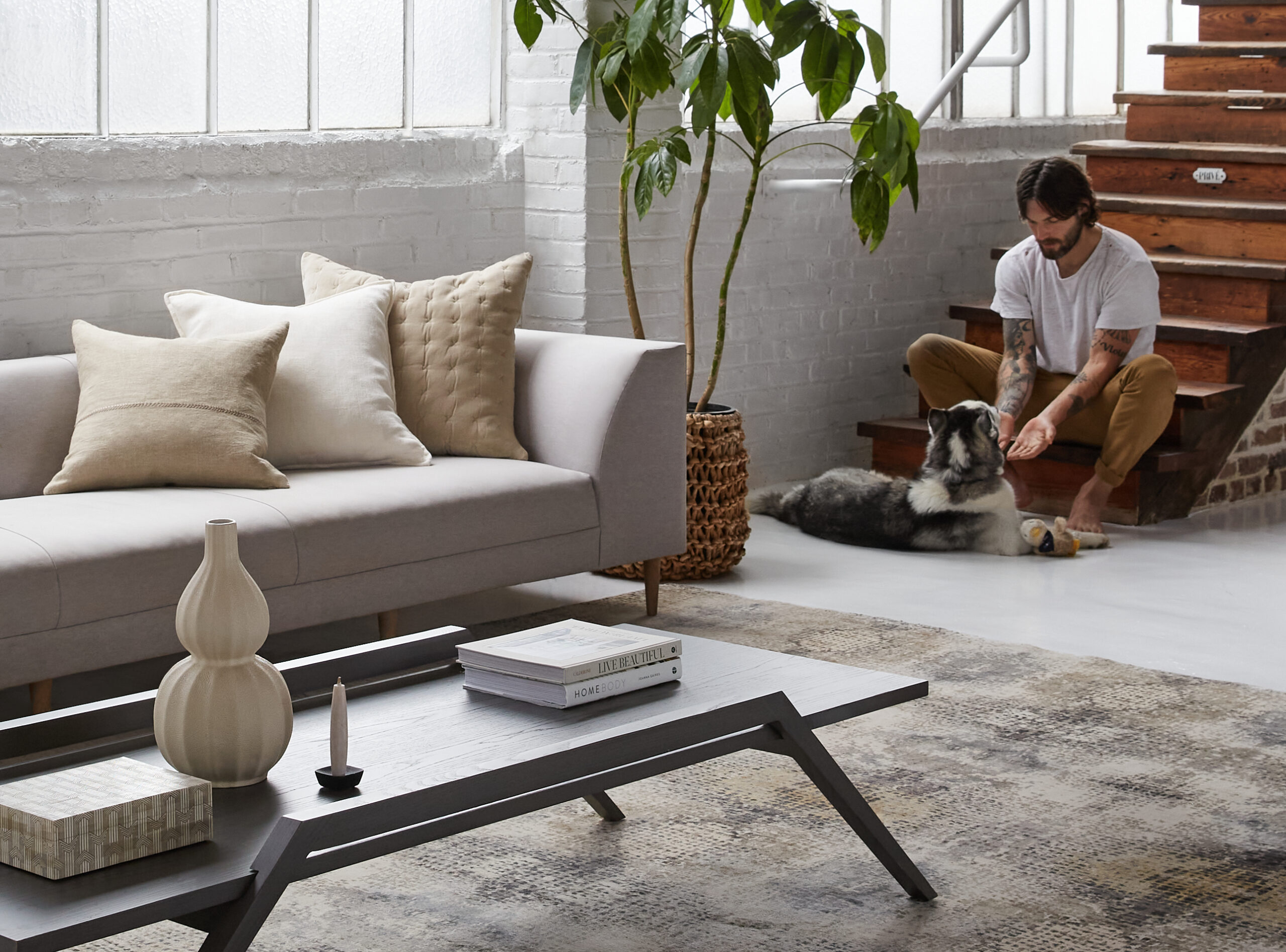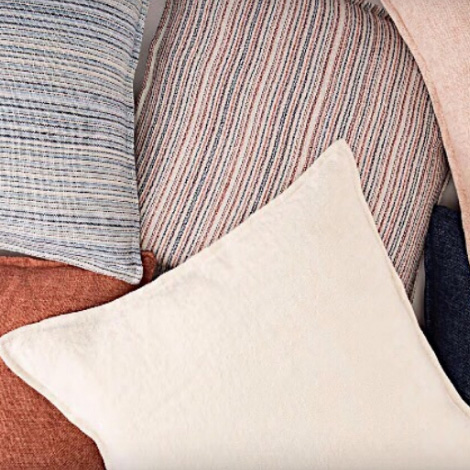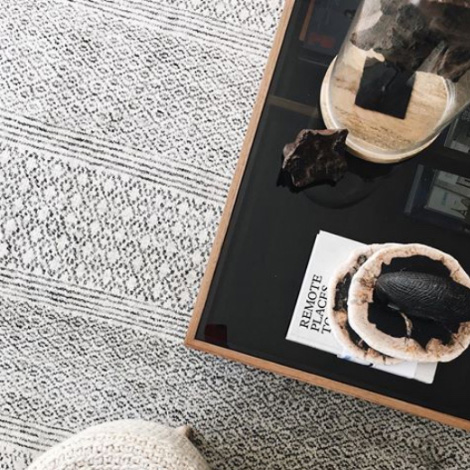The reining rule of thumb? Simply blot it.
Life happens. Stains happen. Jaipur Living is here to help you keep your rugs looking their best. We break down the cleaning and care of each material. If you don’t know what your rug is made of, blot the stain with a clean, absorbent cloth, then see a professional cleaner. Remember: The longer a stain sits, the harder it is to remove.
Happy cleaning.

Jaipur Living‘s Aldea collection is handwoven from 100% wool.
Beauty Queen
The beauty of wool fibers is that they’re durable, resistant to stains, and natural insulators. But that doesn’t make them impervious to life’s little upsets. For 100% wool rugs, blot spills right away with mild soap and cold water. Vacuum on a regular basis with the beater bar off and have your rug cleaned by a professional periodically. New wool rugs—especially hand-tufted—will shed at first, but frequent vacuuming will help diminish this natural property.
Because wool is a naturally regenerative fiber, it also tops our list of sustainable materials. Bonus: Jaipur Living only sources wool from sheep that have been sheared ethically and humanely as part of their health and maintenance routine.
See also: The Guide: Sustainable Materials
Perfect Blend
Rugs made of blended fibers—think wool, viscose, and silk blends—vary by construction, but the general guideline is to vacuum regularly sans beater bar and have them professionally cleaned. Here’s a quick construction guide, but remember: Always check the back of your rug for specialized cleaning rules.
Hand-Knot
Made from individually made knots tied one row at a time on a vertical loom, hand-knotted rugs take artisans around 240 days to make, are typically crafted from durable wool or wool blended with silk or viscose, and are meant to last for generations when properly cared for.
Handwoven
Also called hand-loomed rugs, handwoven styles are made on hand-operated looms. Weavers use a rod to drive fibers—felted or twisted wool yarn, supple viscose, synthetic yarn, and textural natural fibers are most common—vertically across the loom and back again.
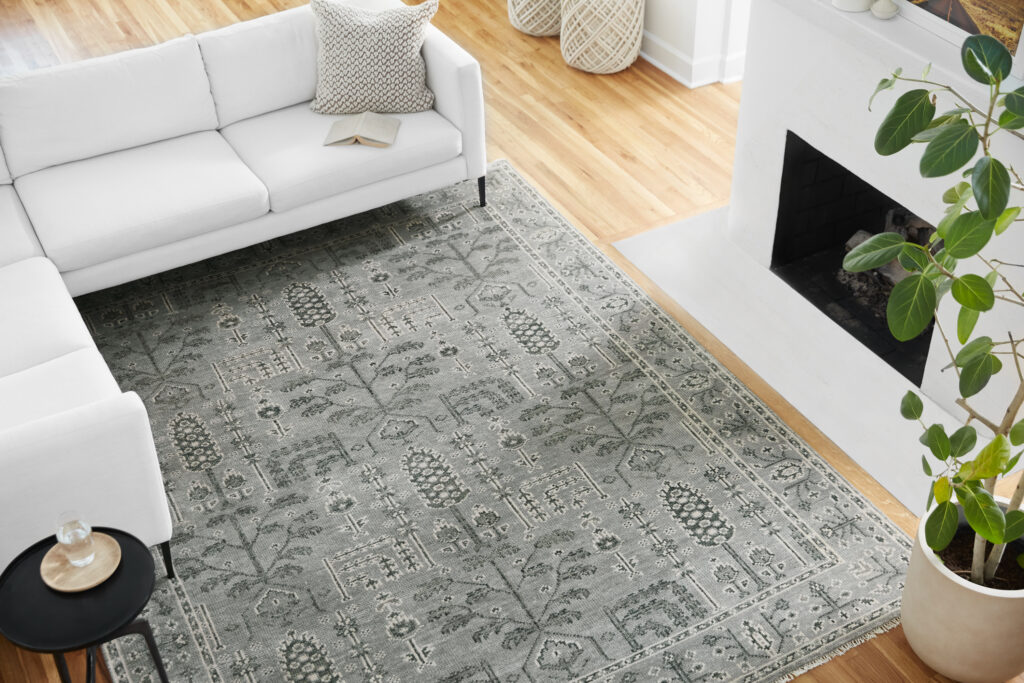
The hand-knotted Salinas collection is made by artisans in India.
Hand-Tufted
In hand-tufted rugs, yarn is hand punched through a prewoven fabric with a specialized tufting device. Thanks to the construction process, these rugs tend to have a plusher pile, more intricate designs, and are generally made of wool and/or viscose. A cotton-latex backing offers the rug stability and helps hold the yarn in place.
Flat-Woven
Flat-woven rugs, or dhurries and kilims, have a much flatter finish thanks to their warp and weft threads, which run perpendicular to the other. Crafted from wool, cotton, natural, or synthetic fibers, these styles are often durable, reversible and easy to care for.
Power Loomed
Power-loomed rugs are machine made on electrically powered looms and feature a wide range of color options, complex designs, a variety of fiber types, and shorter lead times. Typically made of synthetic fibers like polyester, polypropylene, or recycled PET yarns, this construction is a good option for easy care, thanks to their inherent stain-resistant fiber quality.
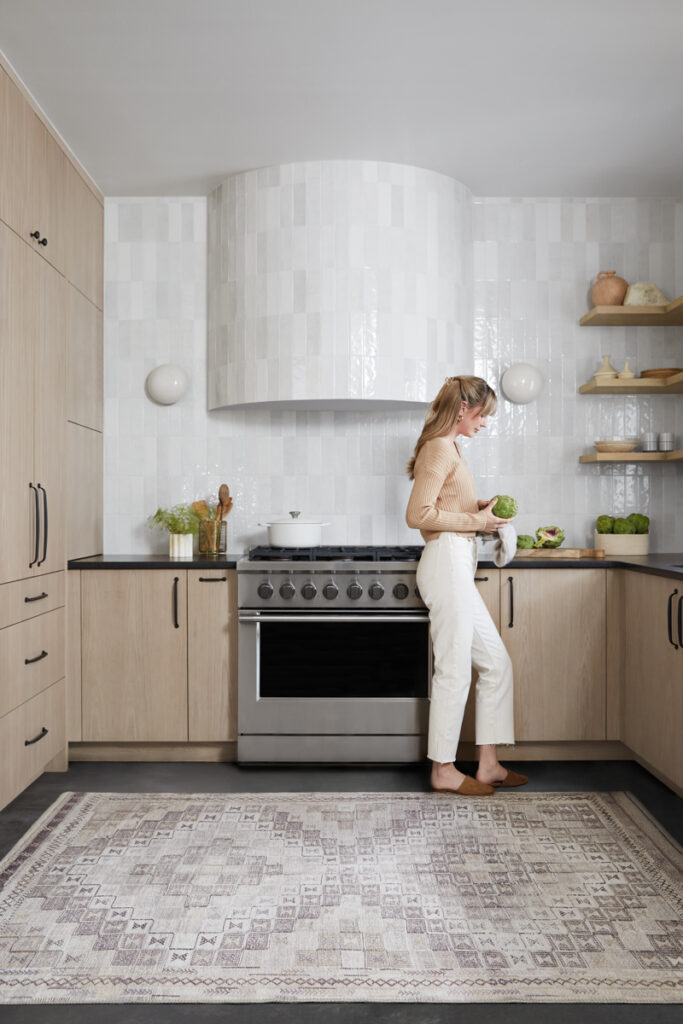
Interior designer Kate Lester‘s Harman collection for Jaipur Living is both easy care and kid and pet friendly.
High Shine
Styles with a high viscose content require extra care—but it’s worth it for that lustrous sheen. To keep your rug in top condition, avoid moisture and place in low-traffic areas. If spills happen, blot immediately and have your rug professionally cleaned as needed.
See also: Material World: Inside Viscose
Reality Check
Rugs made of polyester, recycled PET, acrylic, and the like can be cleaned by blotting spills and using a mild soap mixed with equal parts white vinegar and water. Remember to vacuum with the beater bar off.
Many rugs made of polyester, recycled PET, and polypropylene are suitable for indoor/outdoor use—always confirm with the rug tag! Whether placed inside or out, the cleaning and care guidelines for indoor/outdoor rugs are generally the same and vary by material and construction. Generally, blot stains immediately and use a mild soap mixed with equal parts white vinegar and water to clean. The beauty of indoor/outdoor rugs is that they can be hosed off outside and hung to dry. Ensure your rug is completely dry before placing it back in its proper home.
Don’t forget: There are dedicated rug pads for indoor or outdoor use.
See also: 5 Must-Know Outdoor Rug Facts
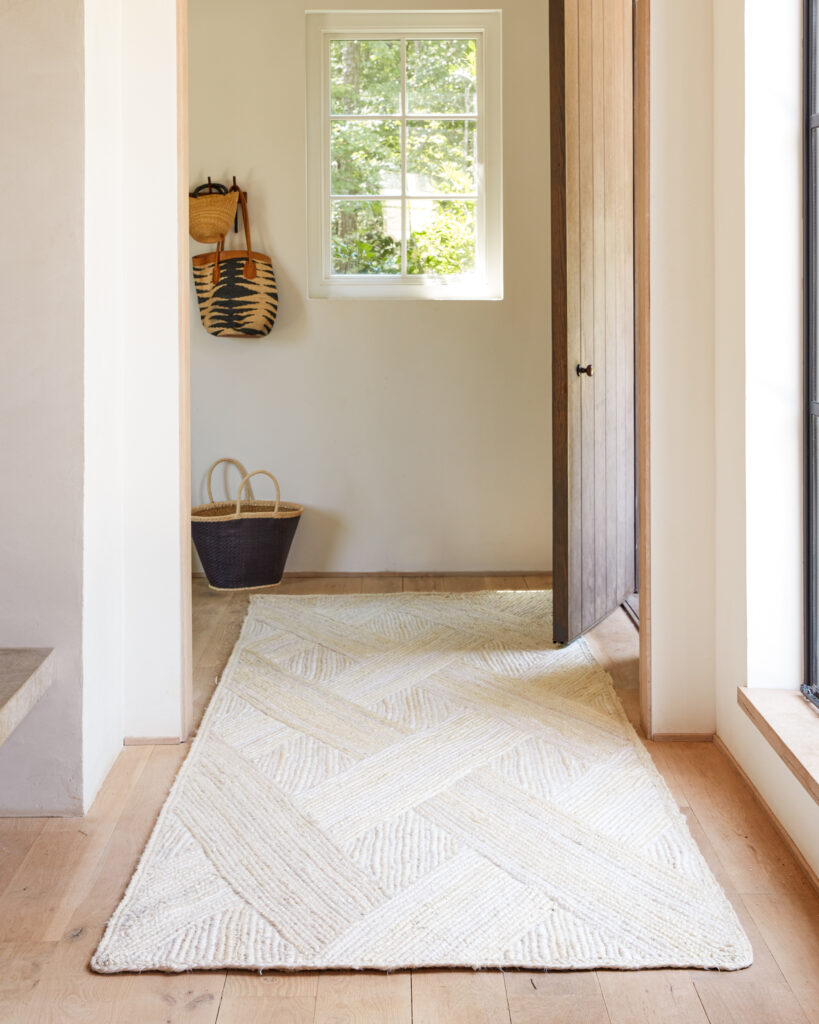
The best-selling Naturals Tobago collection is handcrafted from 100% jute.
Nature Knows Best
For natural rugs, blot stains as soon as possible, spot clean with mild soap and water, and vacuum regularly with the beater bar off. If loop or tuft “sprouts” appear, trim with scissors.
Natural rugs have been gaining popularity, and plant-based fibers such as seagrass, jute, sisal, and hemp lend texture and are biodegradable. Not only are they more effective at absorbing harmful materials, such as nitrogen dioxide and sulfur dioxide, but they also reduce allergens and are notably eco-friendly. Additional pros come from the ability of plant-based fibers to be collected over and over again without damaging the ecosystem.
Want to dive deeper in rug cleaning and care? Discover our guide.
Next story


